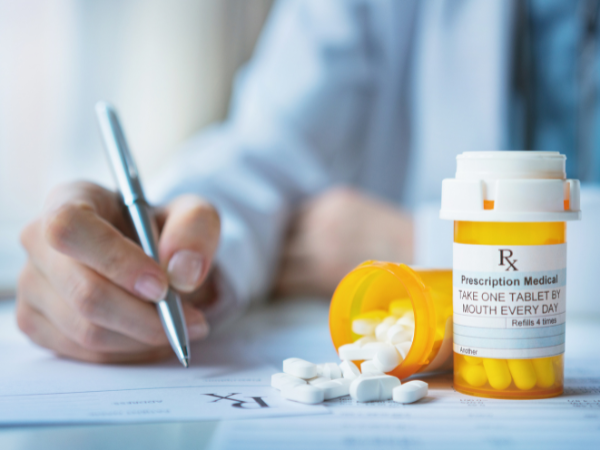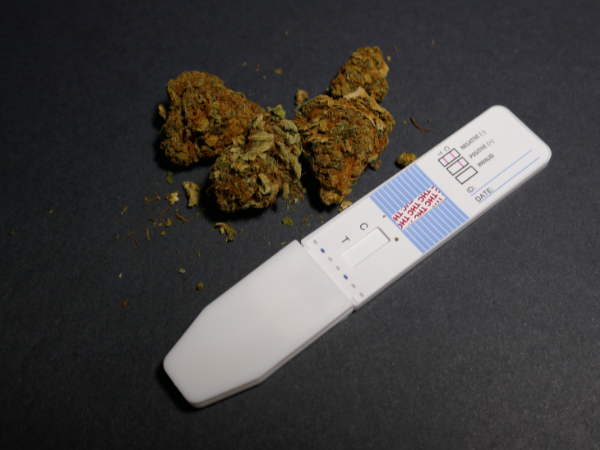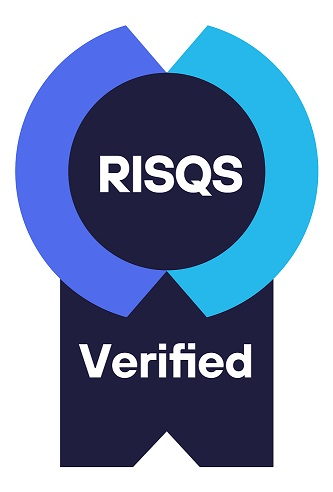The Low-Down on Blood Alcohol Content
As Our Drug Testing Kits UK's, Alcohol & Drugs Health Science Advisor always points out to our countless clients across Britain & Southern Ireland: Alcohol affects everyone differently, & any amount can impair an employee's ability to drive, use machinery, use software, & carry out a multitude of other tasks. And in the case of driving: the only safe option is to avoid alcohol completely, as even ‘just one drink,’ can put anyone over the limit. "The legal alcohol limit in England, Wales & Northern Ireland for driving is 80 milligrams of alcohol per 100 millilitres of blood, or 35 micrograms of alcohol per 100 millilitres of breath. In Scotland the limit is 50 milligrams of alcohol per 100 millilitres of blood, or 22 micrograms of alcohol in 100 millilitres of breath" [1]. (Note: a millilitre is a a unit of measurement of volume equal to 0.001 (one-thousandth of a litre)
Blood alcohol content (BAC for short), describes the percentage of alcohol (ethyl alcohol or ethanol) in a individual's blood stream. With a BAC of 0.10% indicating that a person's blood supply contains one part alcohol for every 1000 parts blood, (if at the time of a workplace alcohol test, an employee has a blood-alcohol content of 0.1 (0.1% or one-tenth of 1%), it means that there are 0.10 grams of alcohol for every deciliter of blood in their body). See the NHS site for information on calculating alcohol units.
As the UK Metropolitan Police state: "There is no way to know how much you can drink and stay under the limit, since it can depend on your weight, age, metabolism, the amount of food you've eaten and other factors. It's impossible to get alcohol out of your system quickly, it always takes time. A shower, a cup of coffee or other ways of ‘sobering up’ may make you feel better, but won’t remove the alcohol from your system. If you've been out drinking, you may still be affected by alcohol the next day and could lose your licence if you drive and are still over the legal limit" [2].
Naturally, being in an impaired state, could seriously impact employees who drive as part of their work. For example, if they are given a breathalyser test on the roadside, and fail, they could potentially lose their licence. Moreover, if they were to be involved in a serious accident due to being over the alcohol limit, and are driving on behalf of a company, then the company could be negatively affected, and depending on the case, even bring the company into disrepute.
Indeed, as we see with our on-site alcohol testing enquiries here at Drug Testing Kits UK, the aforementioned points made by the Metropolitan Police (in regard to alcohol consumption), often apply to many other job-related tasks. For example: being under the influence of alcohol when operating machinery, doing construction work, and so much more. - Not to mention causing havoc in the workplace by posing a risk to others, and creating a negative unpleasant atmosphere. And this is why smart companies, organisations and institutions which conduct regular scheduled, and unannounced breathalyser testing, use the best breathalyser on the market.
Did You Know?
"The main purpose of the breathalyser is to measure BAC, or blood alcohol concentration" [3]
So What's the Best Breathalyser for My Company?
In a nutshell, the best option is the highly accurate, economical, Intoximeter Alco-Sensor FST® Breathalyser. Classed as the international industry standard for Preliminary Breath Testing (PBT) instruments: here at Drug Testing Kits UK, we have seen that this breathalyser is in high demand by companies, organisations, institutions, and medical facilities, that need to maintain the highest health and safety standards. Furthermore, not only is the highly innovative Intoximeter Alco-Sensor, lightweight, and suitable for right and left handed administrators; its simple operation enables it to be used by any assigned member of staff.
Classed as an evidential grade direct breath alcohol tester, the Intoximeter Alco-Sensor, delivers accurate, precise & repeatable results. Moreover, should you need to fast screen multiple employees, then this instrument is ideal. It not only offers a simple passive breath tester procedure; it also enables the administrator to "sniff" any alcohol in an open container by measuring the head space over the liquid
Please contact our friendly professional Customer Service Team for more information on the leading-edge best choice Intoximeter Alco-Sensor FST
Being Aware of Factors Which Influence Blood Alcohol Content
These include:
-
The number of standard drinks an employee has consumed
-
The period of time in which the drinks are consumed
-
The employee's body weight
-
The employee's body's water composition
-
Their levels of enzymes and enzyme production
-
The sex they were assigned with at birth (and their hormone levels)
-
Any medications they may be taking
-
The type of food they consume [2]
Impact of Alcohol at Various Blood Alcohol Concentration Levels
|
BAC |
Physical and Mental Effects |
|---|---|
|
.01 - .03 |
No apparent impact. Slight elevation in mood |
|
.04 - .06 |
Sensation of warmth. Feeling of relaxation. Minor impairment in memory and reasoning |
|
.07 - .09 |
Mild impairment of control, vision, speech and balance |
|
.10 - .12 |
Significant loss of judgement and impairment of motor coordination. Speech might be slurred |
|
.13 - .15 |
Major impairment of motor control. Major loss of balance, and blurred vision. Onset of dysphoria (restlessness, anxiety) |
|
.16 - .20 |
Nausea may become apparent. Dysphoria predominates. Subject acts like a 'hapless drunk' |
|
.25 - .30 |
Gross intoxication. Mental confusion. Needs help when walking. Dysphoria with nausea and a degree of vomiting |
|
.35 - .40 |
Brink of falling into a coma. Loss of consciousness |
|
.40 and up |
Onset of a coma. Probability of death caused by respiratory failure [2]. |

References
[1]. Metropolitan Police (2023). "Driving under the influence of alcohol or drugs."
https://www.met.police.uk/advice/advice-and-information/rs/road-safety/alcohol-drug-driving/
[2]. Stanford University (2023). "What Is Blood Alcohol Concentration (BAC)?"



 03333 704 704
03333 704 704





